Your SSD can overheat just like your CPU or GPU. If it's unable to dissipate enough heat, it'll suffer from reduced performance that you're very likely to notice. While most people can do without an SSD heatsink, there are some signs that might point to your SSD desperately needing one. You can spot them during your day-to-day usage or by using a third-party program to monitor your SSD temperature. And if you've just bought a Gen5 SSD, then you should use a heatsink without giving it a second thought.
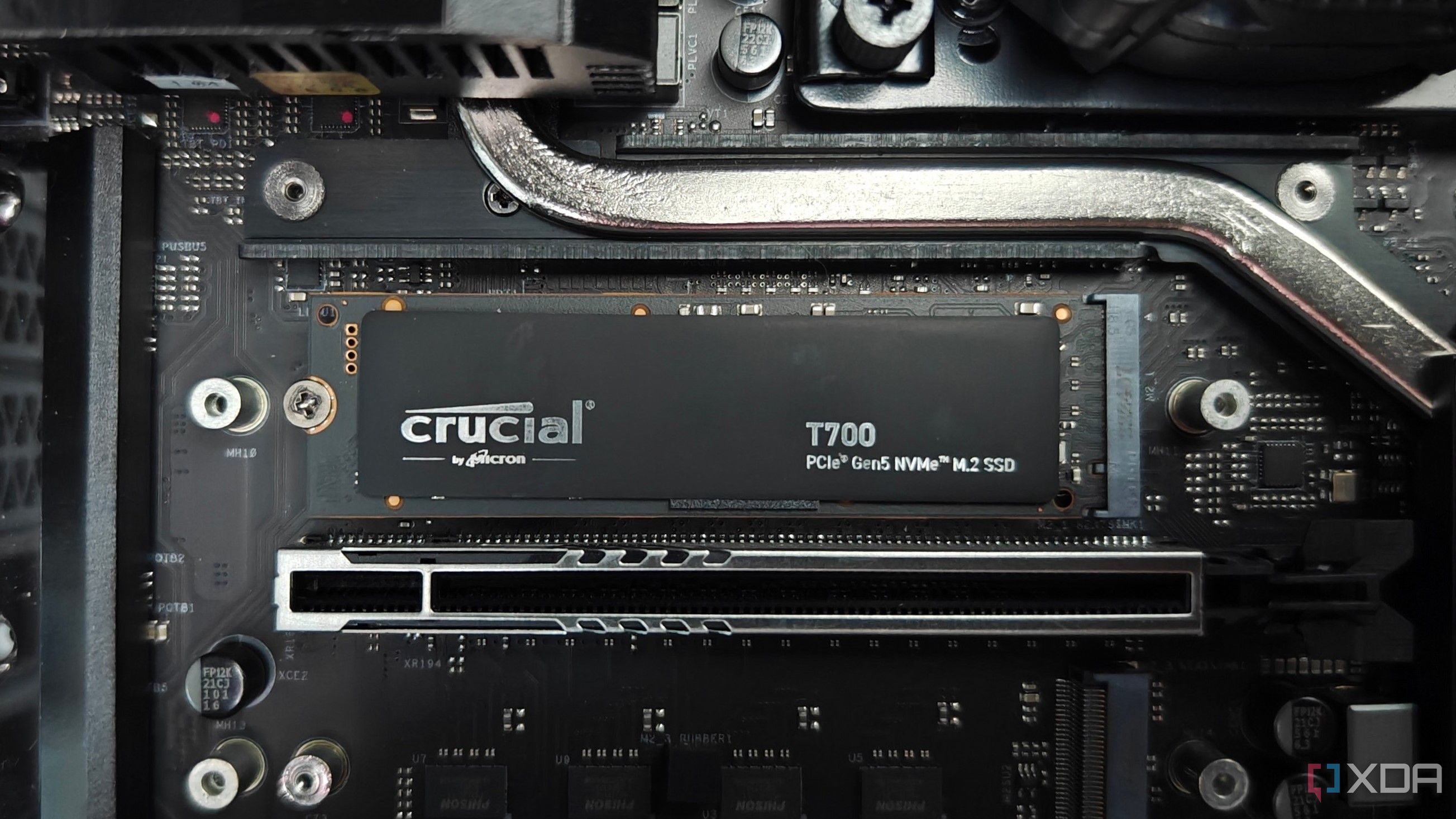
Related
5 ways I save my SSD from overheating (and you should too)
Just like your CPU and GPU, your SSD needs protection from overheating
4 Your SSD is throttling transfer speeds
Get back the performance you deserve
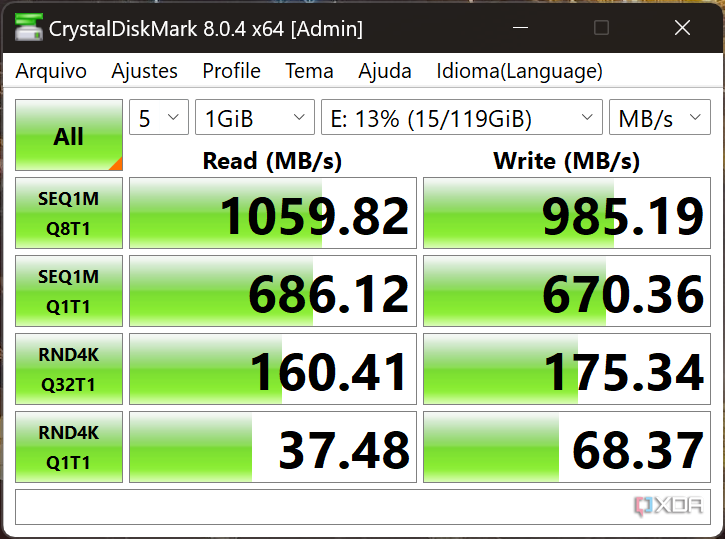
Similar to your CPU or GPU, your SSD is prone to thermal throttling, whereby it reduces performance to avoid damage once the operating temperature reaches a defined limit. If you're noticing your new SSD delivers speeds far lower than what it's rated for, then thermal throttling might be the reason behind it. To confirm, you can use CrystalDiskMark and run a few tests. If the transfer speeds reduce gradually as the test goes on, your drive might be getting too hot to handle.
If neither your SSD nor motherboard came with a heatsink, you can buy one for $5-$7 on Amazon. This can be a cheap and simple way to avoid hitting the thermal limit on your SSD during intense file transfers. If you want a more advanced SSD cooler, you're looking at something around $20 to keep your high-end SSD cool under load.
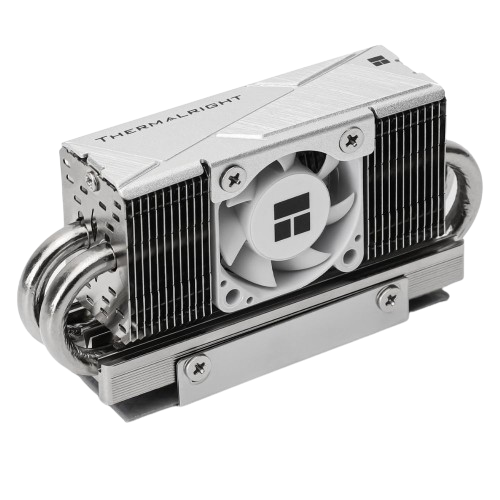
The Thermalright HR10 2280 PRO is an advanced cooling solution for high-performance SSDs. It comes with 4 heat pipes, a double-sided heatsink, and a compact PWM fan.
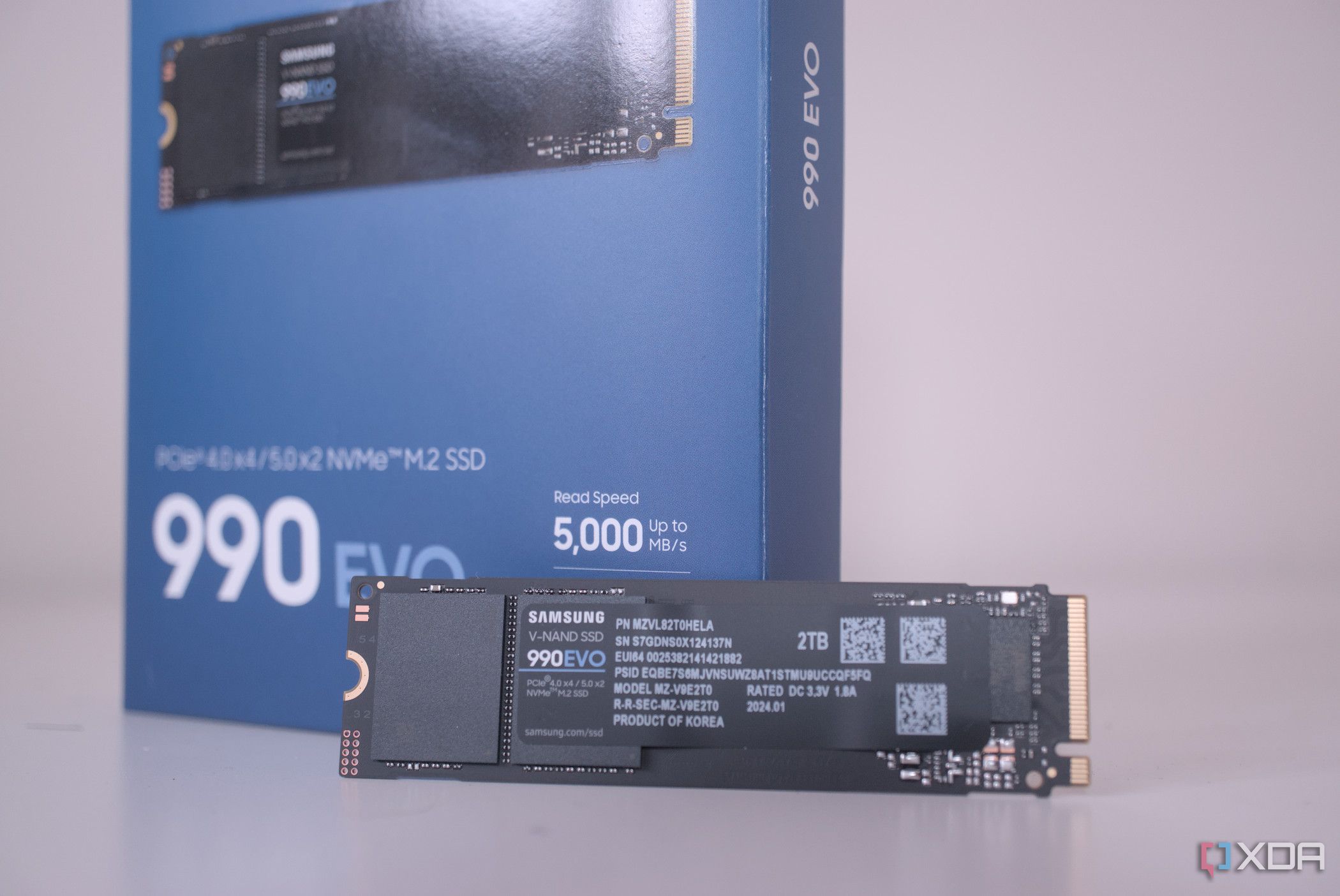
Related
5 SSD specs you should really care about when buying one
Go beyond the obvious when it comes to buying a new SSD
3 You feel your PC slowing down
You can always feel it
You might not be doing frequent file transfers, but your SSD can still manifest signs of overheating during basically everything else. Opening a folder, launching a web browser, or running a program can get slower if your SSD isn't able to keep cool. You might not notice it as soon as your PC boots to the desktop, but once things start to get hot and heavy for the drive, it could slow your PC by just enough, and you'll notice the downgraded performance.
If you're feeling let down even after running an SSD instead of a hard drive, what's the point of spending more? Adding a cheap heatsink can go a long way in improving your access times and your overall satisfaction with your PC.

Related
5 ways to make your files transfer faster on Windows 11
Whether your PC is old or brand new, these tips will help speed up file transfers
2 The temps are too high
That's all you need to see
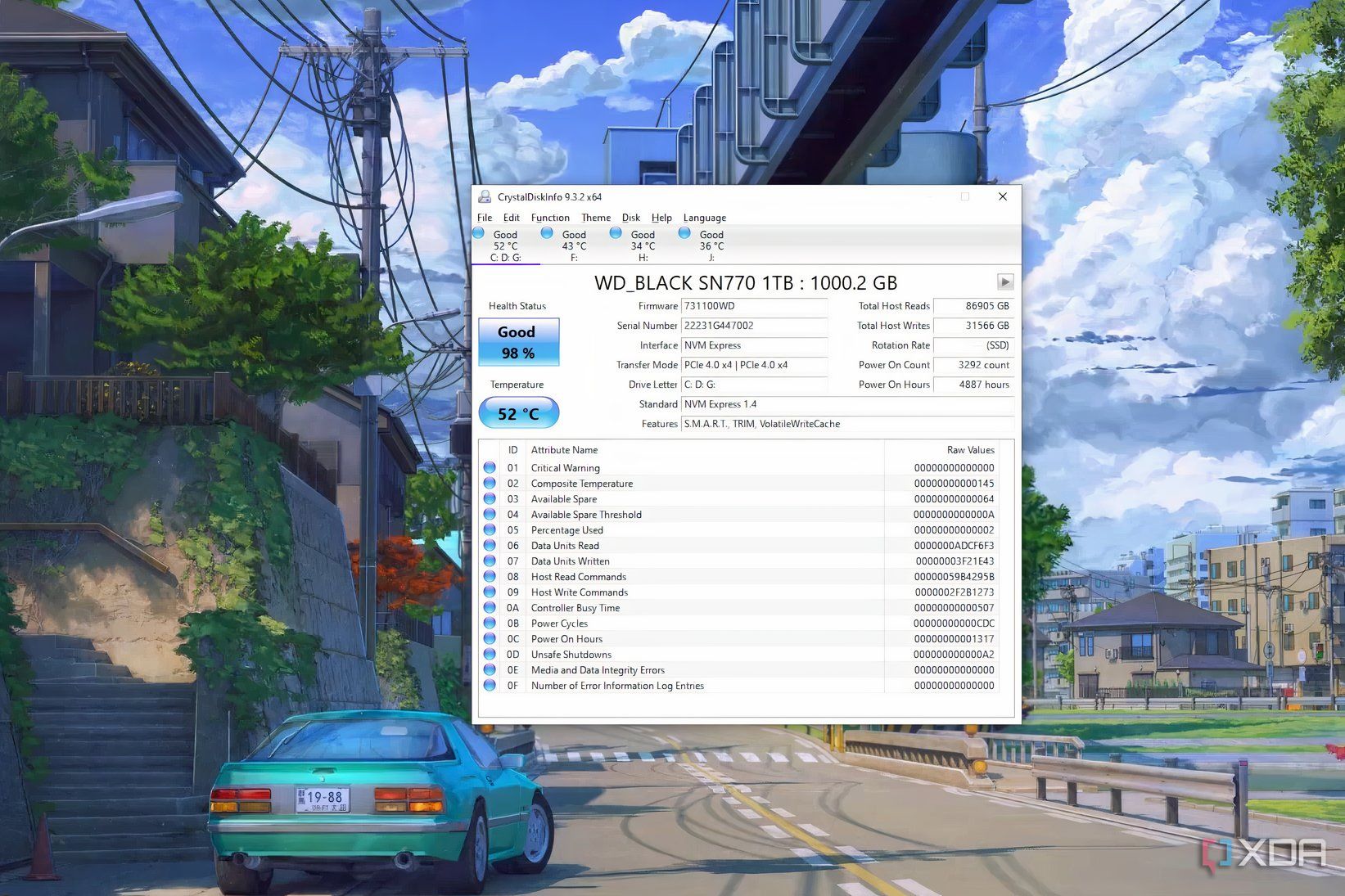
You can use programs like CrystalDiskInfo to see your drive temperature in real time. If you notice that your SSD is constantly exceeding 70℃, that's a sign to start worrying. SSDs shouldn't be running at such high temperatures; even Gen5 drives with decent heatsinks or coolers usually stay lower than 50℃. So, if you notice unusually high temperatures displayed by CrystalDiskInfo, it's a confirmation that you need a heatsink.
1:27
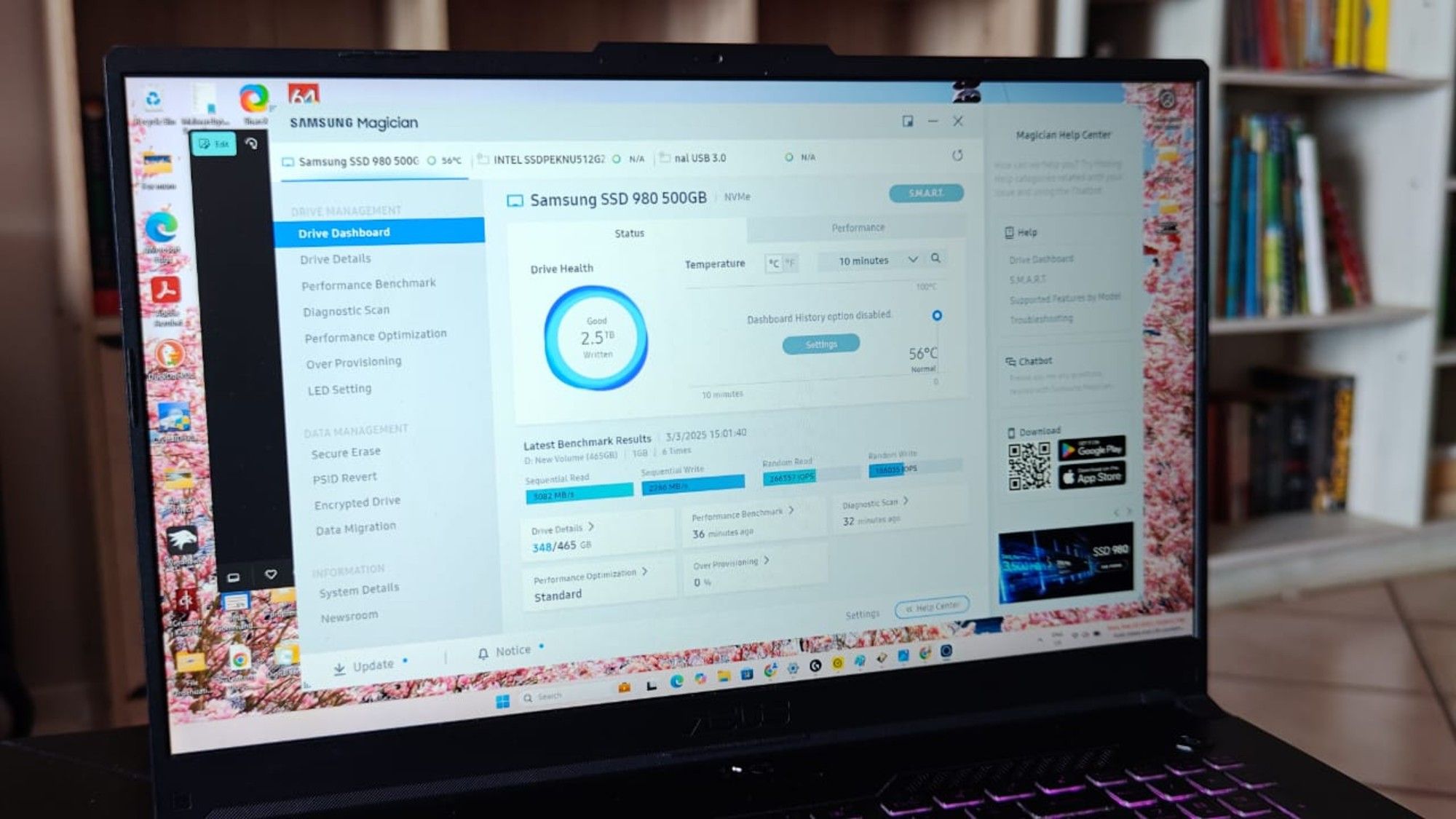
Related
5 ways to check how much life your SSD has left
Handy apps for monitoring SSD's health to avoid failure and data loss.
1 You have a high-end NVMe SSD
Gen5 or Gen4
If you're running a high-end Gen4 or Gen5 SSD, then that's the only sign you need to use a heatsink. Gen5 SSDs run pretty hot even under idle conditions, so a heatsink is mandatory for these drives. And for a high-speed Gen4 drive, you can still avoid performance slowdowns by slapping on a heatsink.
While your Gen5 SSD might have come with one, many Gen4 SSDs have a non-heatsink variant as well. If you bought the latter, you might not be putting your Gen4 SSD in the best possible position to avoid thermal throttling. A cheap heatsink from Amazon is enough to cool most high-end Gen4 drives, so remedying your mistake isn't expensive at all.
SSD heatsinks are no longer optional
Using a heatsink on your SSD has become more and more common, both due to the performance of newer drives and most motherboards providing pre-installed heatsinks. Unless you have an entry-level motherboard, chances are each of your M.2 slots comes with a heatsink. There's little reason not to use one on your NVMe SSD. Besides ensuring maximum performance, it also extends the lifespan of your drive. And using a heatsink is pretty much non-negotiable on Gen5 SSDs.
.png)
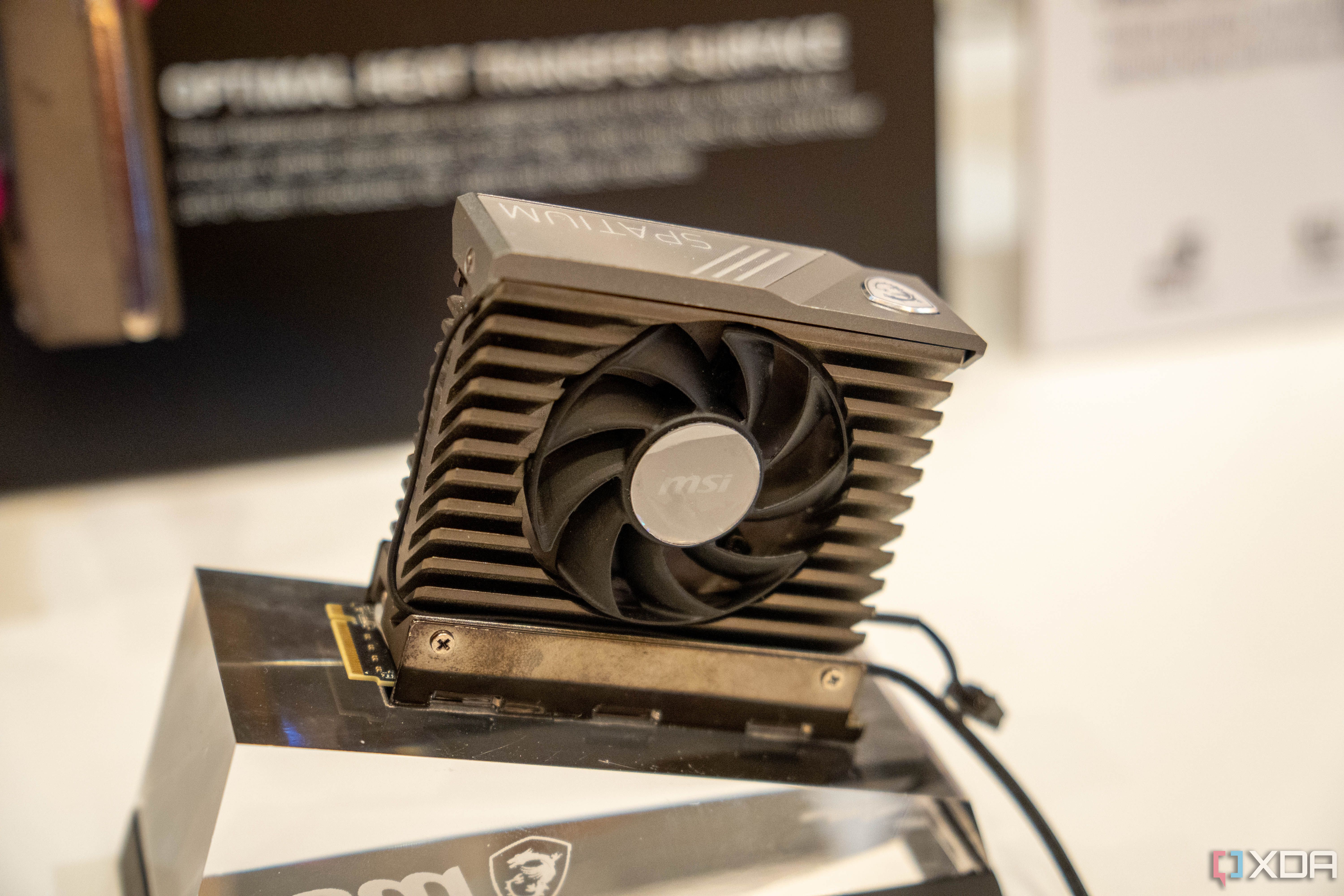

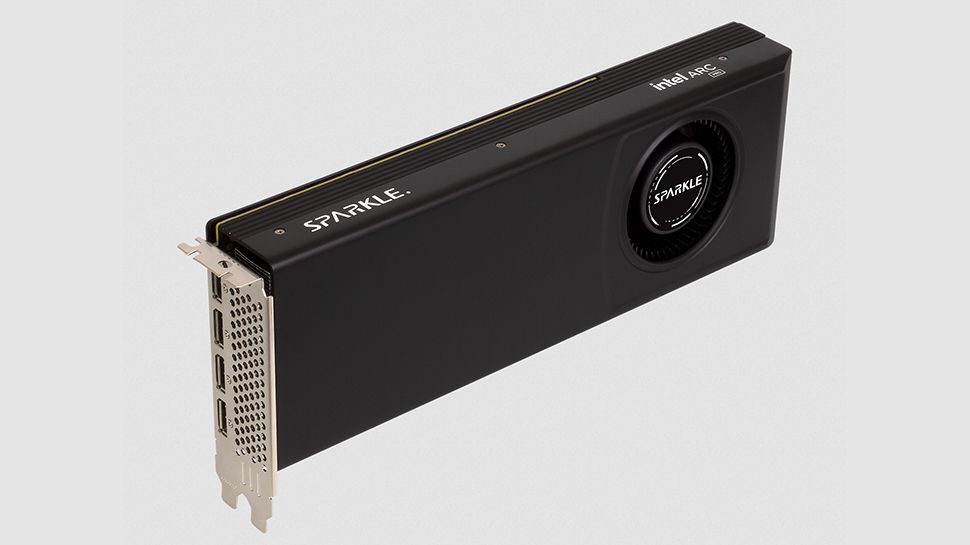


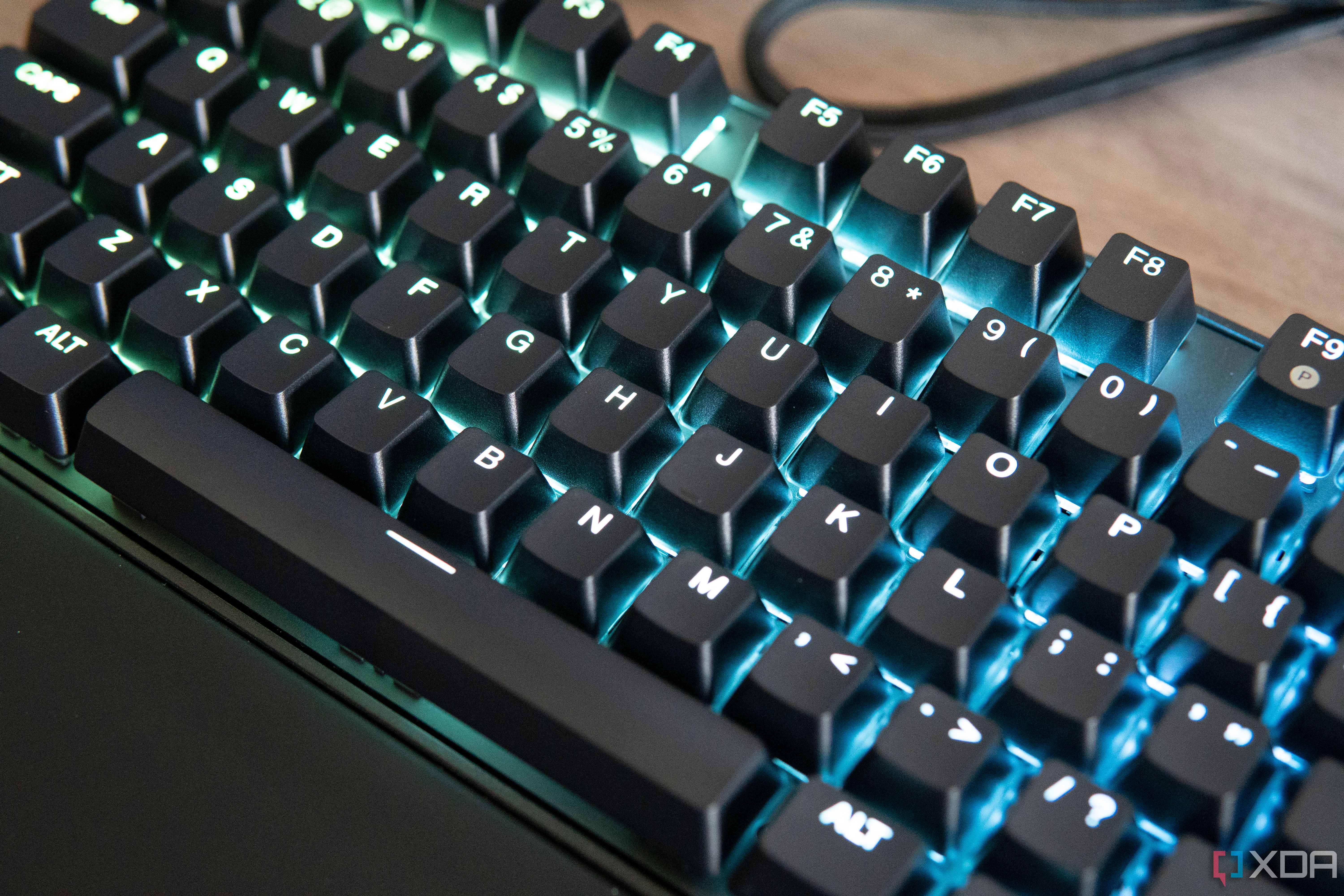






 English (US) ·
English (US) ·